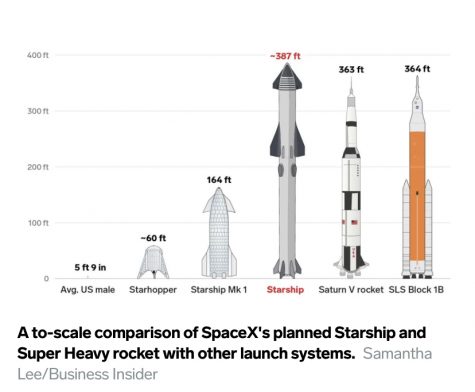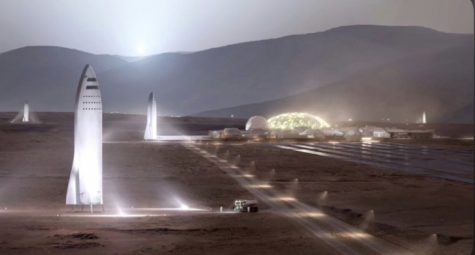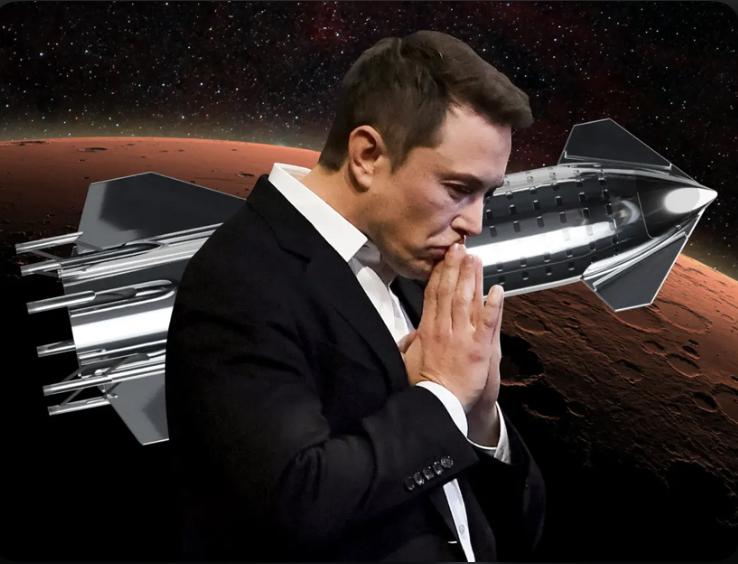Elon Musk’s Mission to Mars
Photo Courtesy of: Google Images
Elon Musk
February 14, 2021
On January 14th Elon Musk revealed his plan to send a million people to Mars by 2050. The plan is to eventually have a fully functioning city on the red planet that can exist independent of Earth. His plans are extensive- SpaceX, his illusive tech company, will need to build 100 starships a year and launch them every day. Each launch is expected to cost about 2 million dollars, far cheaper than launch prices of the past.
The way Musk plans to meet this goal is by launching 3 Starships a day once the Starship prototype is finished. SpaceX has been designing starships for years now, but the launch date of their first official prototype was held back because of an explosion that blew off the top half of the rocket in 2019.

Business Insider explained the prototype.
“Starship, if realized as designed, would be the most powerful launch system ever created; each launch would pack enough thrust to send more than 100 tons (about seven fully loaded school buses’ worth of mass) and 100 people into orbit at a time,” they said.
“Musk also suggested he plans to capitalize on the brief windows of time in which the orbits of Earth and Mars align – this comes about every 25 months. That allows spacecraft to spring off of Earth’s rotation and set themselves on a low-fuel journey towards Mars.”
These rockets will need to be fundamentally different than the ones used for space explorations of the past because they need to be sustainable. According to Musk, it’s crucial that they can be reused and become a continuous source of transportation.
“We’ve got to make Starship fly to orbit and back repeatedly. You need a fully and rapidly reusable rocket. It needs to be like aircraft where the cost of the flight is fuel,” he explained.
“You can’t just be throwing rockets away every time, you also need orbital refueling where you send a ship to orbit and then send another to transfer propellant.”

Starships aren’t the only part of this process that requires sustainability, because this Mars mission is about something much bigger and more permanent- life that can stand alone on other planets if something were to happen to Earth. “For this to work you could ‘take CO2 out of the atmosphere and combine it with water ice to create CH4 methane and oxygen,” Musk said
“If you have those elements life can become multi-planetary and we can have a self-sustaining city on Mars – which is one of the most important things we can possibly do for ensuring the long-term existence of consciousness.”








